Final evaluation of the SOS Children’s Villages family strengthening project in Bosnia and Croatia
Title A loving home for every child – Family Strengthening in Bosnia Herzegovina and Croatia
Location City of Mostar (Bosnia), Sisak-Moslavina County (Croatia)
Duration November 2020 – November 2021
Partners SOS Children’s Villages Italy, SOS Children’s Villages Bosnia Herzegovina, SOS Children’s Villages Croatia
Funding “Intesa Sanpaolo Charity Fund and social and cultural works
Context
The project “A loving home for every child – Family Strengthening in Bosnia and Herzegovina and Croatia” is integrated into the SOS Children’s Villages Family Strengthening (FS) programme established in the city of Mostar in 2008 and in Sisak-Moslavina county in 2014. The programme aims to provide 100 families (parents and children) at risk of separation with multidimensional support including: psychological counselling, psychotherapy, educational support, health support, economic empowerment, help packages and legal support.
In both countries, the family strengthening programme includes home visits carried out in beneficiaries’ homes by NGO staff. This activity was developed to support those families who are geographically isolated or unable to move from their homes.
Finally, SOS Italy implemented a capacity building process in favour of 10 SOS staff members to improve the psychosocial support provided to local beneficiaries.
General Objective
The M&E and Impact Evaluation Unit was engaged by SOS Italy to assess how effectively the project achieved its objectives and then conduct the final evaluation of the project.
Our contribution
The final evaluation methodology was designed in such a way as to understand the changes triggered in the beneficiaries and key stakeholders, thus favouring the use of mixed methods.
For this purpose, the evaluation triangulated data collected through participatory and qualitative methods with data collected through quantitative methods and document analysis. Thus, the final evaluation was based on two methodological components:
The documentary analysis of project documents and monitoring data to estimate the degree of achievement of output and outcome indicators as proposed in the logical framework
The use of mixed qualitative and quantitative methods to collect primary data from beneficiaries, key stakeholders, international and local staff.
Read more on our M&E and Impact Evaluation Unit
Related Projects
-

Evaluation of the project that promotes food security and climate resilience in Mozambique
-
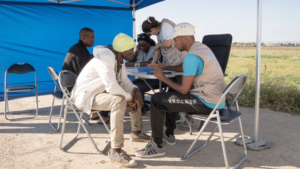
Evaluation of the project strengthening migrants’ right to health in Italy, Greece and Malta
-

Final evaluation of the project that strengthens olive farmers’ resilience in Southern Lebanon
-
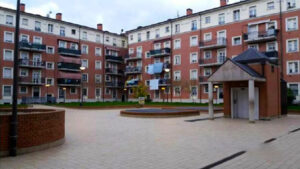
Social impact assessment of the Rapporti Corti project for socio-educational inclusion in the Navile district of Bologna
-

Evaluation of the Naseej project to stop gender-based violence in Iraq, Yemen, and Palestine
-

Evaluation of the project that promotes youth employment in Italy
-

Final evaluation of the ‘5G Smart School’ project for innovative teaching in Italian schools
-

Evaluation of the project that fosters mainstreaming migration into international cooperation and development policies
-

Final evaluation of a project to contrast educational poverty in Albania
-
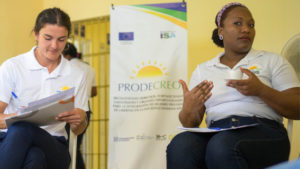
Evaluation of the project PRODECREO to promote the rights and socio-occupational reintegration of women deprived of their liberty in the Dominican Republic
-

Final evaluation of the SOS Children’s Villages family strengthening project in Bosnia and Croatia
-

Evaluation of the project for the motor rehabilitation of oncological children in Turin
-
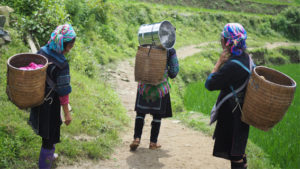
Evaluation of the project that aims to improve the health of the most vulnerable in Myanmar
-
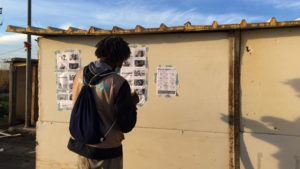
Final evaluation of the project that fosters proximity social-health services in the informal settlements of the Province of Foggia
-

Food Wave, Monitoring the project that promotes sustainable food consumption among young Europeans
-

Spazio Donna, evaluation of the projects to foster women empowerment and contrast gender-based violence
-

Evaluation of the projects “M’Interesso di Te” that tackle unaccompanied foreign minors’ integration
-
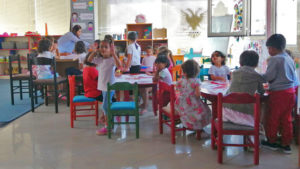
Evaluation of psycho-socio-sanitary interventions in response to the COVID-19 pandemic and the earthquake in Albania
-

Final evaluation of the Youth For Love project to raise young people’s awareness of gender-based violence
-

Multi-country mid-term evaluation of the YouthCan! programme, promoting the employability of vulnerable young people
-

Final evaluation of WEGO2 to support women economic empowerment contrasting intimate partner violence
-

Action Research for the project Do.N.N.E against gender-based violence in Central Italy
-

Evaluation of the project “Mentors for Resilience” to contrast educational poverty
-
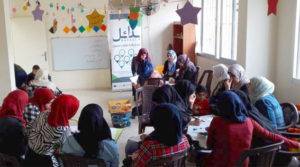
Outcome Harvesting of the project that aims to promote stability and social enterprise in Lebanon
-

Yearly evaluation and impact evaluation of a programme to foster social inclusion in Tuscany
-

Evaluation of the project “Dreams and Needs” to contrast educational poverty in Italy
-

Mid-term evaluation of the project MilKy for the development of a sustainable dairy supply chain in Kenya
-

Final evaluation of Pe.R.Co.rrere: resilience of communities in Center Italy
-

Evaluation of the promotion campaign for Piave DOP cheese in Austria, Germany and Italy
-
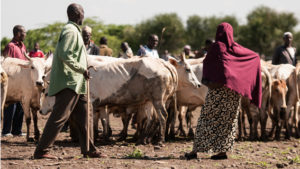
Mid-term & final evaluation of a project to strengthen resilience to climate shocks in Kenya
-
Evaluation of the promotion campaign for Italian specialities in Japan
-

Community center, final evaluation of the social inclusion project
-
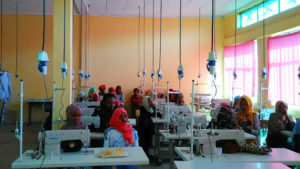
Mid-term evaluation of the project to contrast irregular migration in Ethiopia
-
Mid-term evaluation of the project for the conservation of Protected Areas in Albania
-

Social Impact Assessment of children’s protection programmes in Kyrgyzstan
-
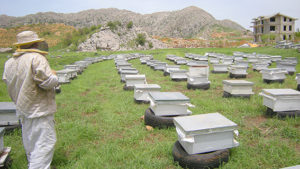
Monitoring&Evaluation of reintegration services for drug addicts and ex-addicts in Lebanon
-

SROI Analysis, Albergo Etico social performance
-
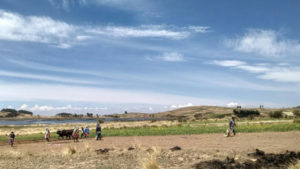
ECO.COM: strengthening local economic development in Bolivia
-

Improving the sustainability in the cherry supply chain in Bulgaria and Turkey
-

Evaluating sustainable agricultural supply chains in Bosnia Herzegovina and Albania
-
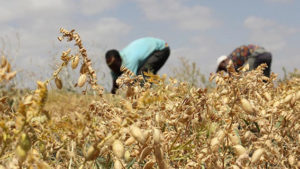
Impact evaluation of the creation of a durum wheat supply chain in Ethiopia
-
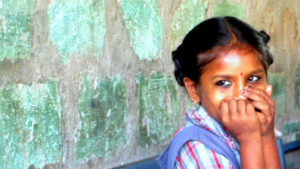
Impact evaluation of a Rehabilitation programme in India